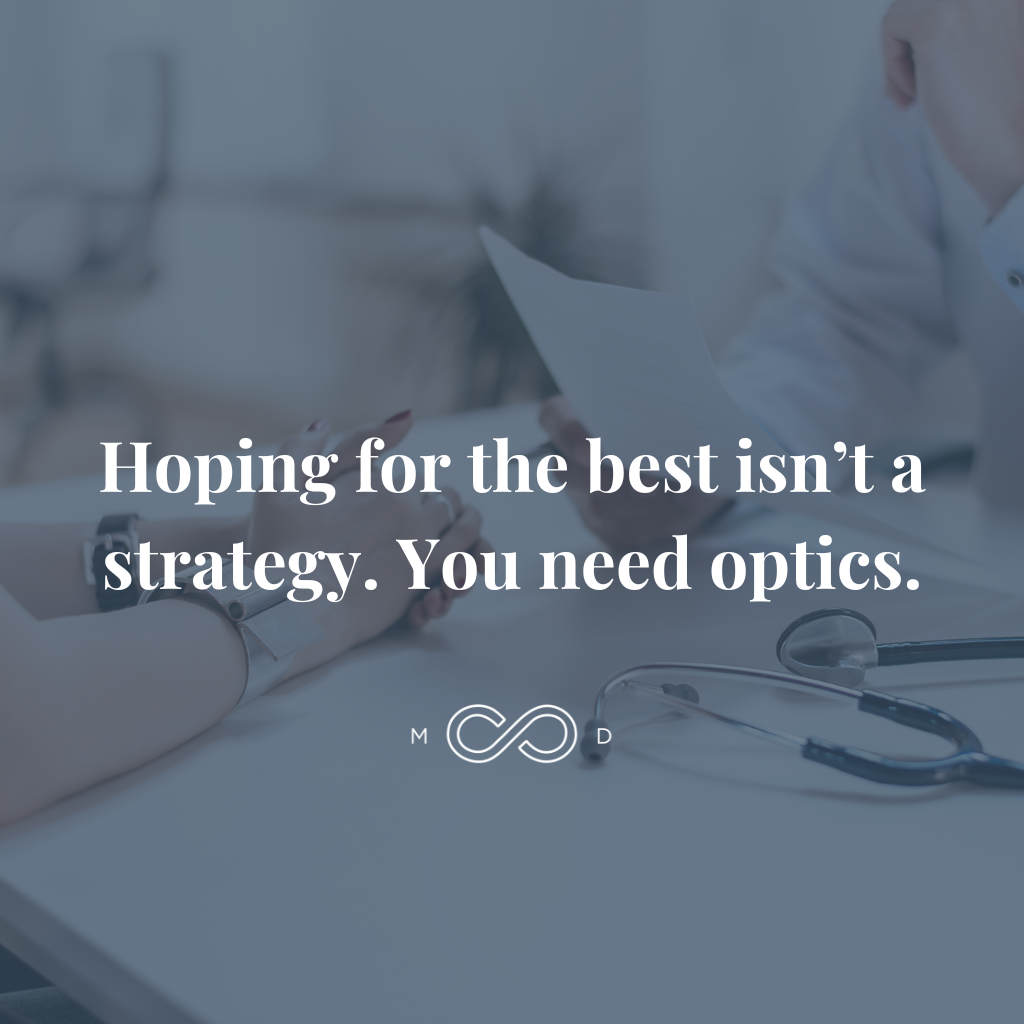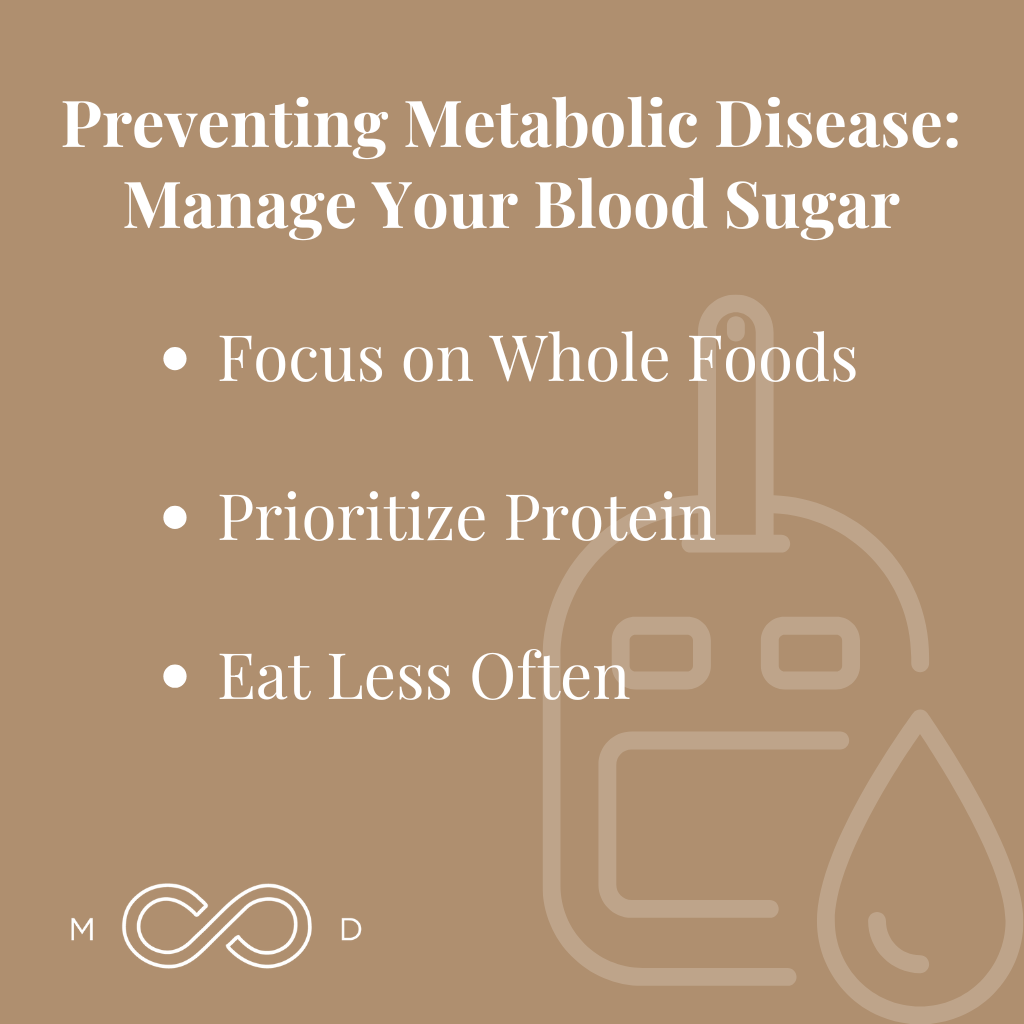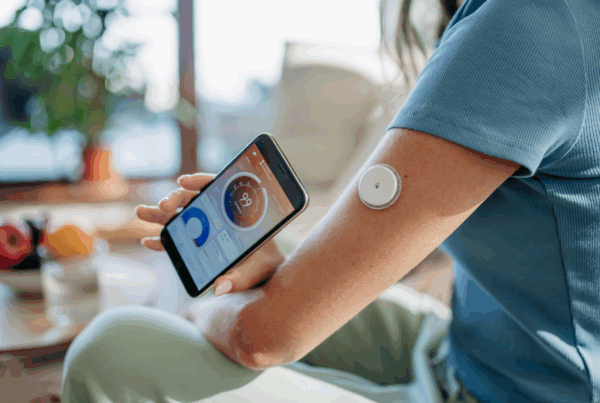Download file | Play in new window | |
As a concierge physician, part of my job is to think about my members’ health even when they don’t have time to think about it themselves.
People are busy with family, business, charity work — all the elements of life that are meaningful to them. And that’s a good thing. So, having an advocate who aligns with your goals, knows your values, and is incentivized to keep you healthy by watching your blind spots while you focus on living is incredibly powerful.
As part of Brentwood MD’s comprehensive health optimization plan, we take a proactive approach to ferreting out developing health threats that would eventually damage either your quality or quantity of life. Two of the largest health threats we help members watch for — and ideally prevent — are cancer and metabolic disease.
Hunting for Top Killers: Early Cancer Detection
One of the main tenets of my approach to health is to strategically and actively hunt for the illnesses that are statistically most likely to take you off the planet early. By starting with these top killers, we then reverse engineer a plan to either prevent them from developing or to catch them early if they do.
While prevention is of course preferred, not every illness is absolutely preventable. The key, then, is to watch for early signs of disease so you have the best chance of a better treatment and positive outcome.
Take cancer, for example. It’s the number two killer in the U.S., yet we only have standard screenings for five of the top 50 deadly cancers. For many of the others, testing only occurs if symptoms crop up, which by definition means the cancer is more advanced.
My father died of esophageal cancer — not one of the five cancers with a standard screening protocol — so this is personal to me. I want to take every measure possible to ensure that if my family history makes an appearance, we catch that cancer while it’s treatable.
Enter Galleri by Grail: Blood Biopsy at Scale
One technology I frequently recommend is called Galleri by Grail. A generic term you might hear for this test is “blood biopsy.”
We’ve had the ability to look under a microscope and find something called a “cancer signal” for quite some time, but it required a pathologist creating and examining slides one by one — a time-consuming and labor-intensive endeavor.
Today, however, Grail has trained AI to process samples instead, making blood biopsies scalable. You simply give blood as you would for any typical lab work, and the samples are sent in. The system sorts through your blood smears for about two weeks, searching for cancer signals.
What are cancer signals? They’re cancer’s castoffs, genetic debris floating around in your bloodstream. Cancer, at its core, is uncontrolled cell growth. It’s like a construction site with no foreman and no plan. They’re just building, creating a mess with lots of debris. We can find that debris — genetic cancer fragments — which we call a cancer signal.
The blood biopsy method can detect a cancer signal long before traditional imaging methods, like an MRI, making it our best modern method for catching cancers in their earliest stages. And it isn’t a probability score. The Galleri test result is a yes or no. Either they find something, or they don’t.
If a test comes back positive, it will indicate the probable origin of the cancer. It might say “GI tract” or “thorax,” giving you and your team some direction on where to focus further investigation. Galleri is particularly good at detecting hard-to-find cancers, like pancreatic or esophageal, with a high confidence interval.
What to Consider Before Trying Galleri
I do have some caveats regarding Galleri. From a screening perspective, the test is very high precision, but it isn’t perfect. Galleri carries a one in 200 chance of a false positive. In other words, one person gets a positive result, goes on a medical safari to investigate, and doesn’t find anything. That’s potentially quite traumatic.
The flip side is that 199 people who wouldn’t otherwise have known they had cancer can now take action.
Galleri is what I call a “sweaty palm” test. Once you send your blood samples in, you might experience quite a bit of anxiety waiting for the results. And you need to be aware of the possibility of a false positive. It’s something to prepare for mentally, but for me, the benefit is worth it.
Galleri isn’t meant to replace the five currently recommended cancer screenings: mammograms, PAP smears, skin checks, colonoscopies, and PSA tests. These are all excellent at what they do, and some of them — like the PSA — fill in gaps where Galleri doesn’t excel. A blood biopsy is a complement, not a replacement, adding an umbrella of protection in addition to traditional screenings.
The final caveat is that, as of this writing, Galleri isn’t covered by insurance and costs about $1,000 or less. For me, though, the expense is worth it.
Preventing Metabolic Disease: Manage Your Blood Sugar
Another major pillar in any comprehensive health plan has to be metabolic optimization — a place where most people struggle.
The modern food environment works against you. Being an omnivore is an advantage when food is scarce, but in an age of abundance, it’s a disaster. The problem isn’t that people lack willpower; it’s that they’re fighting against a system designed to undermine their health.
The foundation of metabolic health is blood sugar control. It’s the holy grail of health. If you can optimize your blood sugar, you can stabilize your energy, reduce inflammation, and dramatically lower your risk of metabolic disease. So how do you do it?
1. Focus on Whole Foods
The first rule is simple: If it wasn’t food 100 years ago, it’s probably not good food for you today.
The rise of ultra-processed foods has introduced an entirely new category of diseases. Seed oils, high-fructose corn syrup, and lab-engineered additives play a huge role here, yet they dominate 80-90% of the grocery store aisles. And these “new” foods have correlated with a rapid rise in “new” diseases.
If you want to give your body the best chance at long-term health, stick to the perimeter of the grocery store (but skip the bakery). Shop for whole, unprocessed foods as much as possible.
2. Prioritize Protein
Most people severely under-consume protein. If you’re vegetarian or vegan, the deficit is likely even more dramatic.
Protein is the foundation of lean muscle, and muscle is the currency of longevity. If your goal is to maintain strength, resilience, and metabolic health as you age, you need to be intentional about getting enough.
The general recommendation for maintenance is about one gram of protein per kilogram of ideal body weight. For a man whose ideal weight is 200 pounds, for instance, that’s around 100 grams of protein per day. Most people aren’t even close to that number. And if you’re not tracking your intake, you’re probably falling short.
3. Eat Less Often
The final piece of the puzzle is meal timing. Prior to 1900, before mass agriculture and pantry staples like Crisco, humans naturally ate when the sun rose and stopped when it set, creating at least a 12-hour fast every day.
Our bodies are designed to thrive with large gaps in eating, which promotes insulin sensitivity and fat-burning. But today, with endless access to food, most people are eating every two or three hours from the moment they wake up (early) until the moment they go to bed (late). In a society of abundance, we now have to artificially and intentionally create what was once our natural rhythm. Intermittent fasting is a strategy I encourage to help you do just that.
Additionally, everyone could benefit from getting eyes on their blood sugar levels. Seeing the consequences of what and when you eat and how you move in real time has an enormously positive impact in helping you tackle your blood sugar. Moderate to significant carbohydrate restriction is another reliable way for many to stabilize blood sugar and eliminate fat.
Final Thoughts
Health isn’t something you can afford to leave to chance. The greatest risks are often the ones you don’t see coming. Whether it’s catching cancer early through advanced screening or optimizing metabolic health through strategic nutrition, the key is to take a proactive approach.
If you’re not tracking it, you’re not managing it. That’s why I share a personalized health optimization dashboard with every member of my practice. It’s a living, breathing document that maps out the key markers of longevity and well-being we track at Brentwood MD. Over time, we can see patterns and make data-driven decisions about health.
Hoping for the best isn’t a strategy. You need optics. If your doctor isn’t tracking your health metrics — maybe because they’re simply too busy seeing 40 patients per day — you may have to take ownership of this process yourself.
Build a system. Get the right tools in place. Find a team who looks out for you when you’re too busy to look out for yourself. Because when it comes to your health, the best defense is a good offense.


Dr. Aaron Wenzel is a concierge physician specializing in the care of fast-moving entrepreneurs, executives, and public figures in the Nashville, TN area. Dr. Wenzel’s diverse life experience and extensive training in family medicine, emergency care, nutrition, and hormone replacement therapies give him the unique platform to provide unmatched care for his patients.








